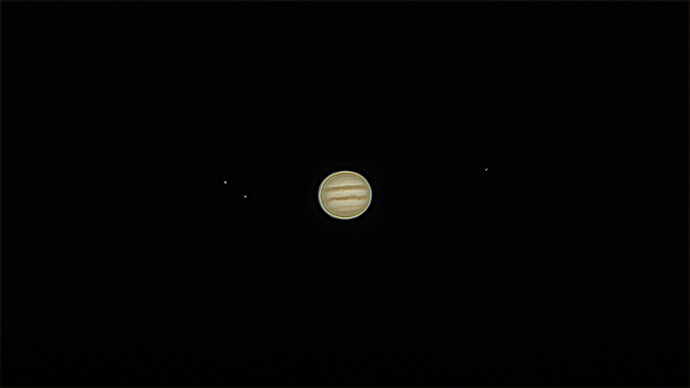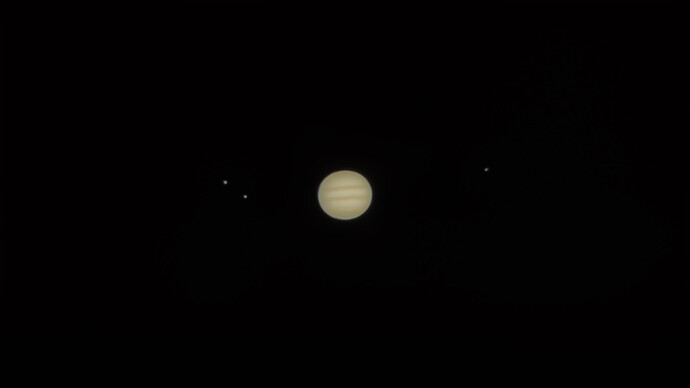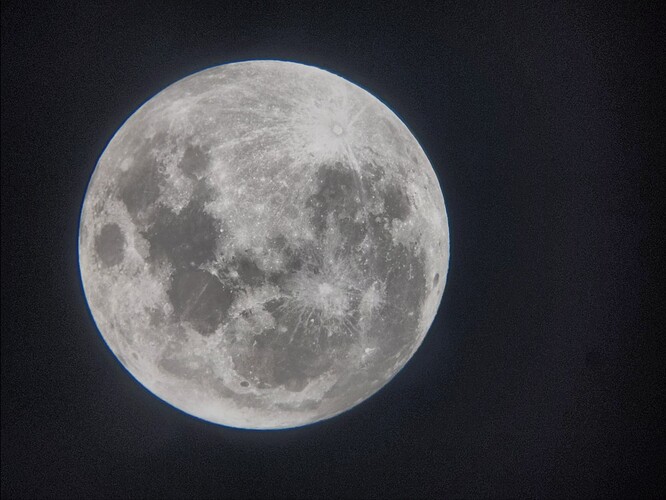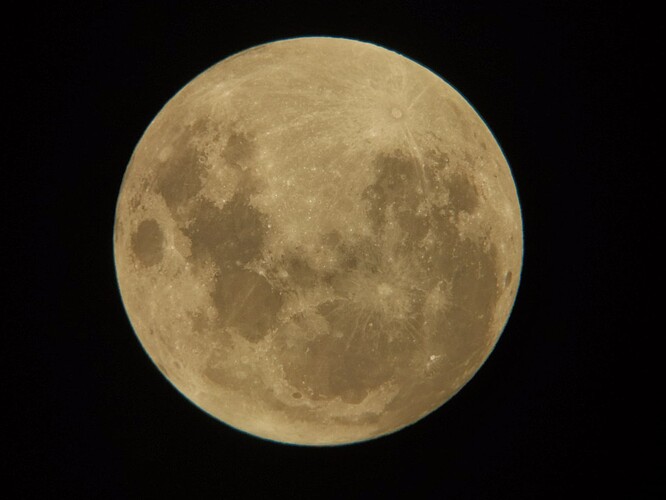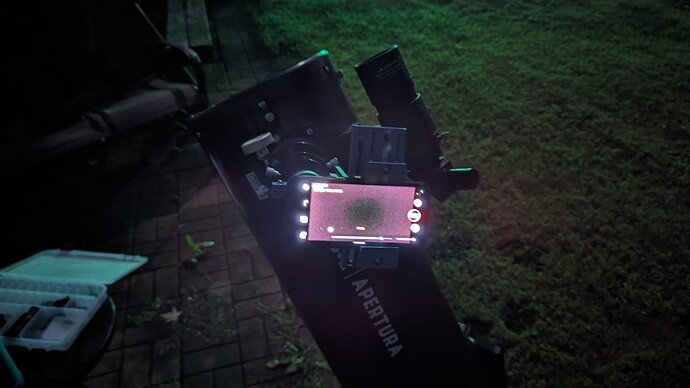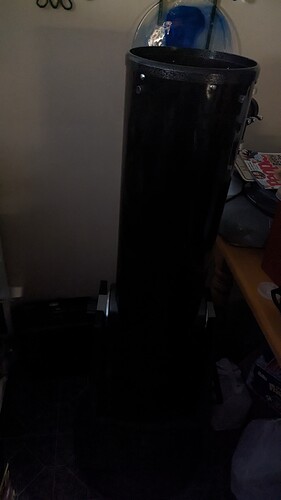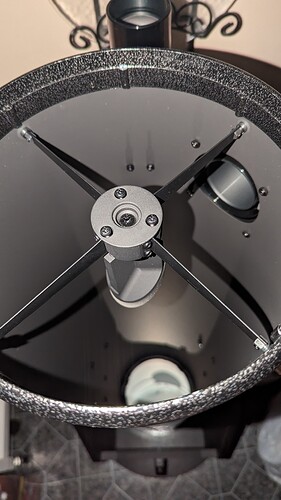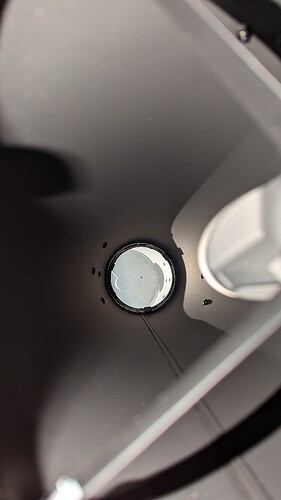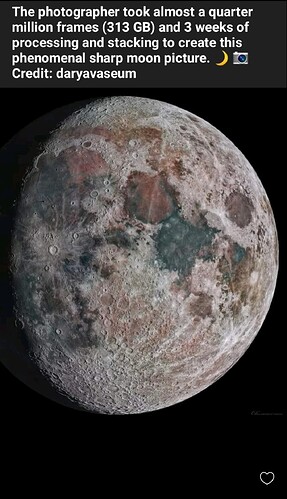Great question! So, for the most part, no real precautions. Electronics like my laser collimator, I put back in the foam and box to keep it dry.
The telescope itself is pretty resistant, due to the intended use often involving dew. The glass is all 100% fine, and as long as you place it inside to dry, there’s no real issues. I leave all of my caps off slightly, so no moisture can build up.
Nothing is sealed in the scope itself! A Dobsonian is essentially just a hollow tube with the primary at the bottom and the secondary mounted near the top on a little spider crossbeam piece. As long as the aperture cover is off, it’ll naturally dry and evaporate. It’s why they’re able to be somewhat affordable, the primary mirror itself is the most expensive component by far.
The eyepieces and such are all sealed ideally. Don’t want to get them super wet, but they’re usually okay. I keep mine in a little organizer box, which helps keep them dry in the early morning.
For the mirror itself, my scope actually has a built in fan under the mirror to defog it during use. You just plug in a little battery pack, it seems to work well.
If you can avoid it, you never really want to touch the mirrors of a Newtonian reflector, esp the primary mirror. It can actually get surprisingly dirty before viewing degrades at all, thanks to the sheer amount of light the mirror captures (especially 8" or larger like mine). Even large scratches are pretty hard to notice in the image. In the absolute worst case, you can pull them out and wash them a particular way with soap and water, but it’s a complex procedure to do it just right.
The most you ever really do is using one of those little air puffers, like you use with camera lenses, and blow the dust off gently. I haven’t had to do that with mine yet, as long as I keep the aperture cover on when I’m not using it, it’s been fine.
Pics of the scope and the inside (still has a little moisture on the mirror haha):
